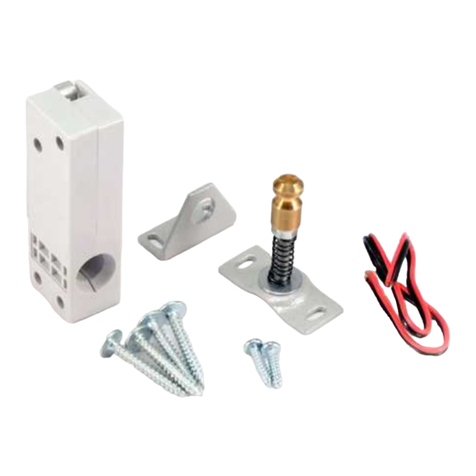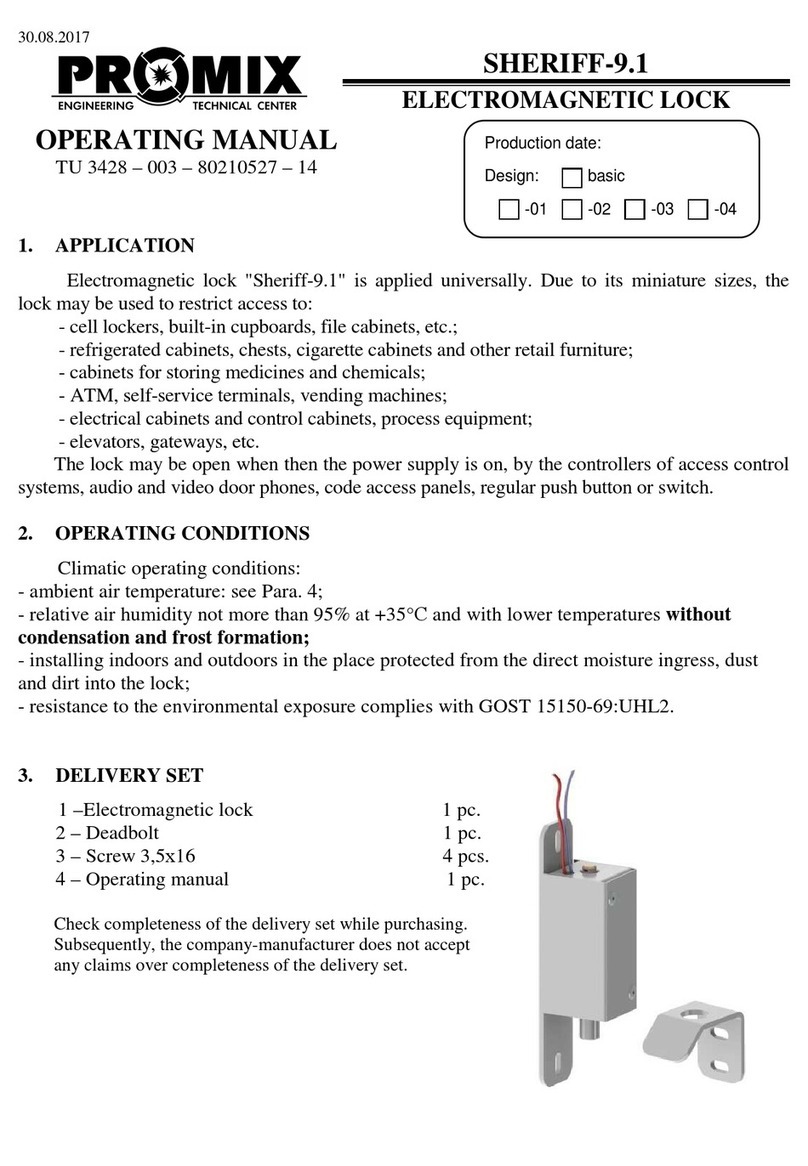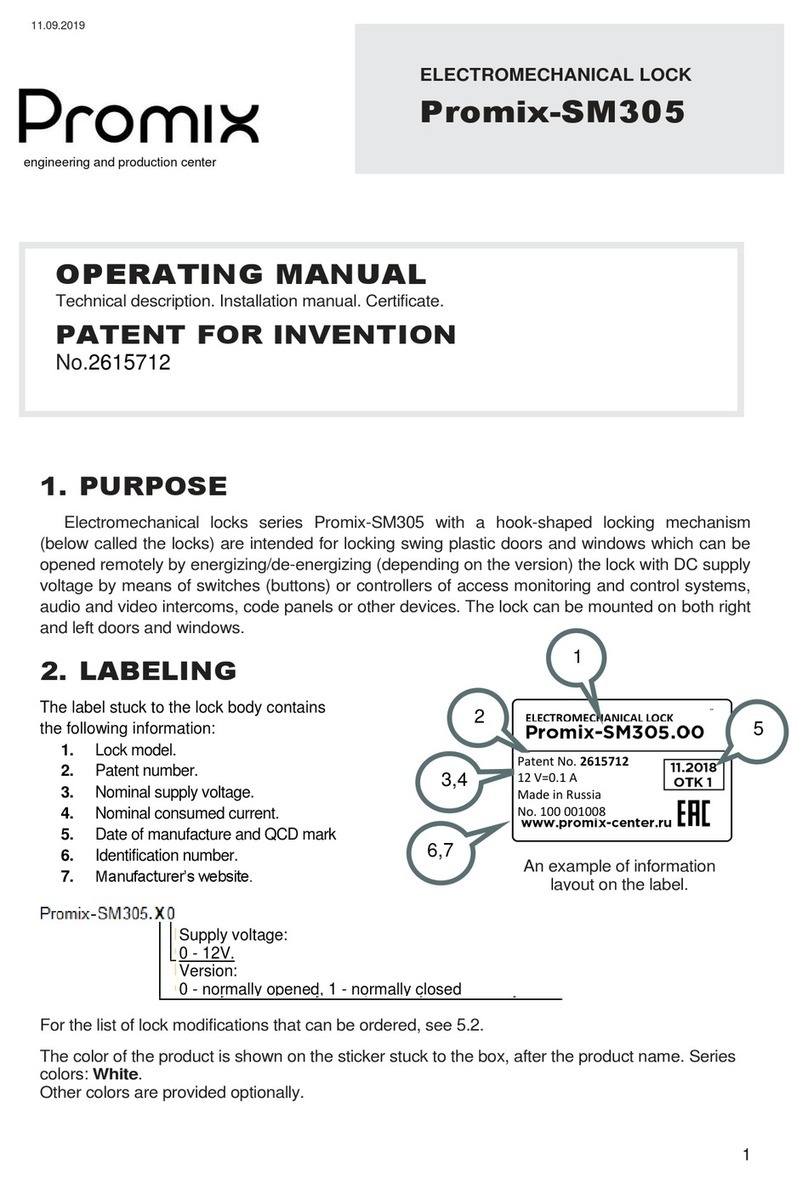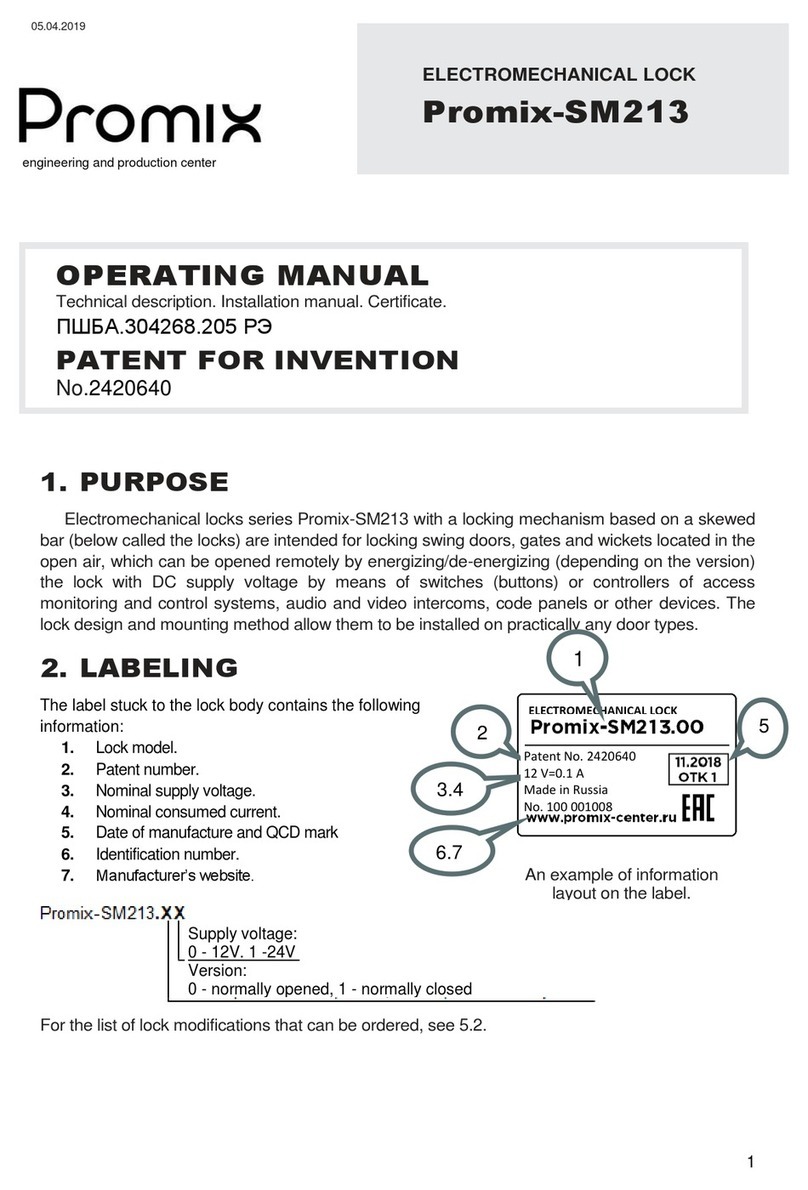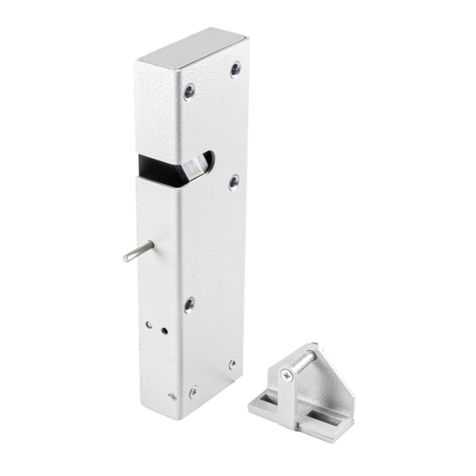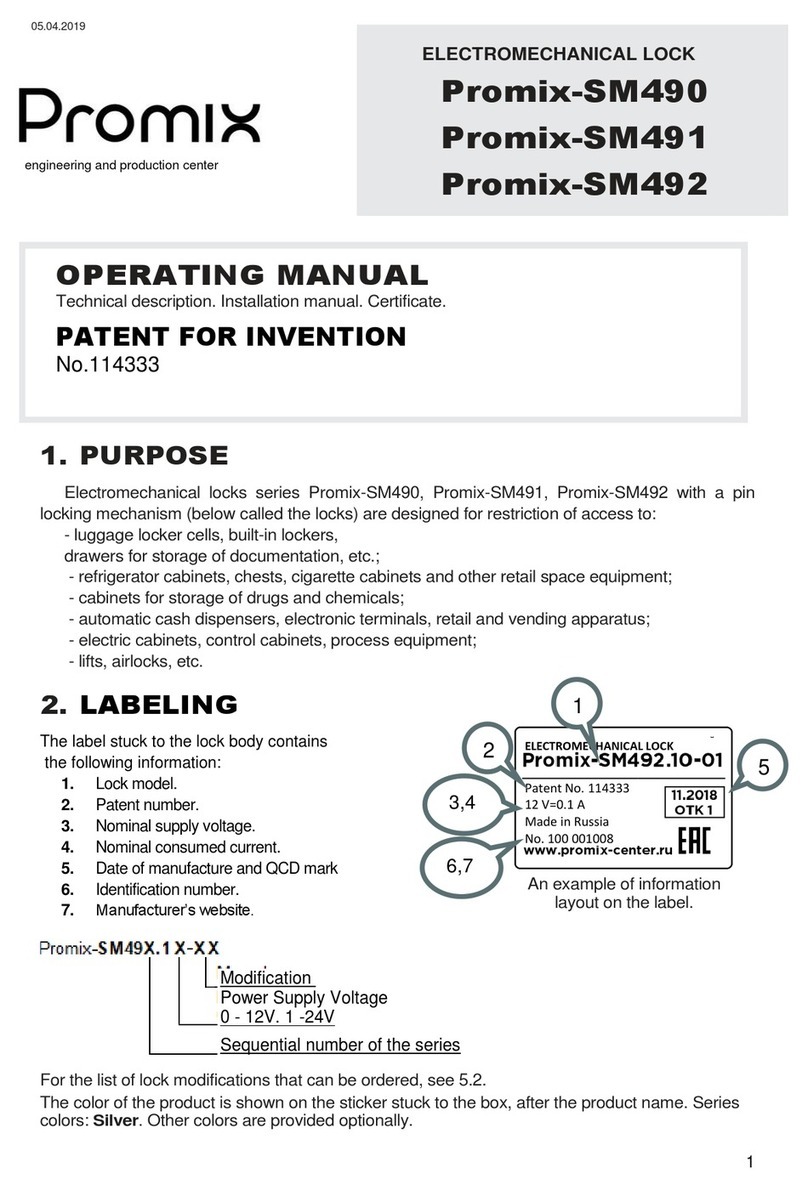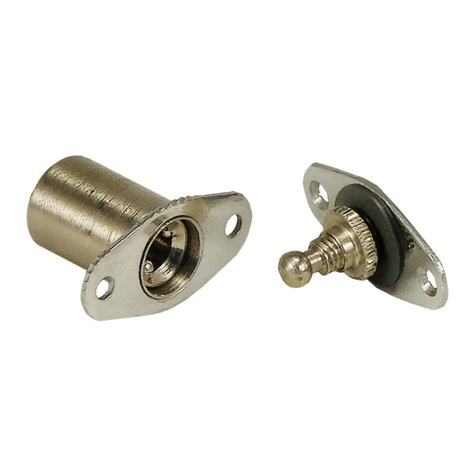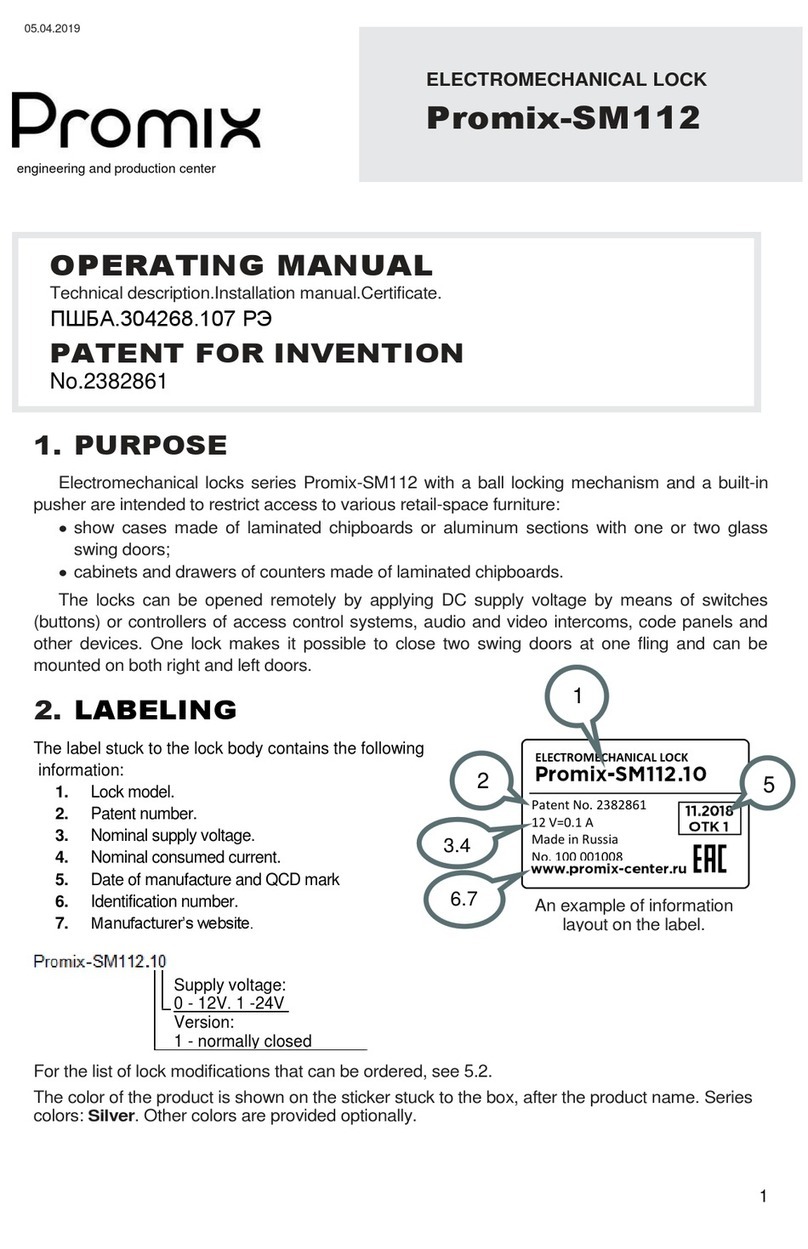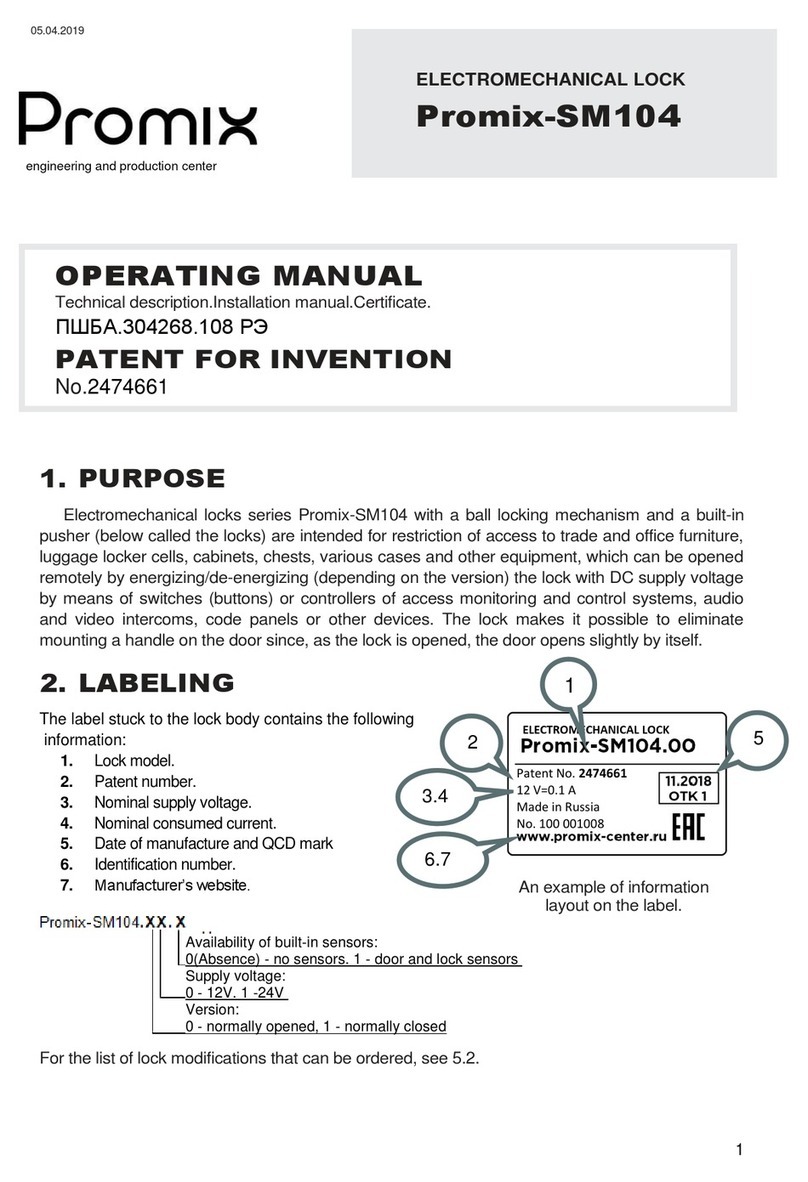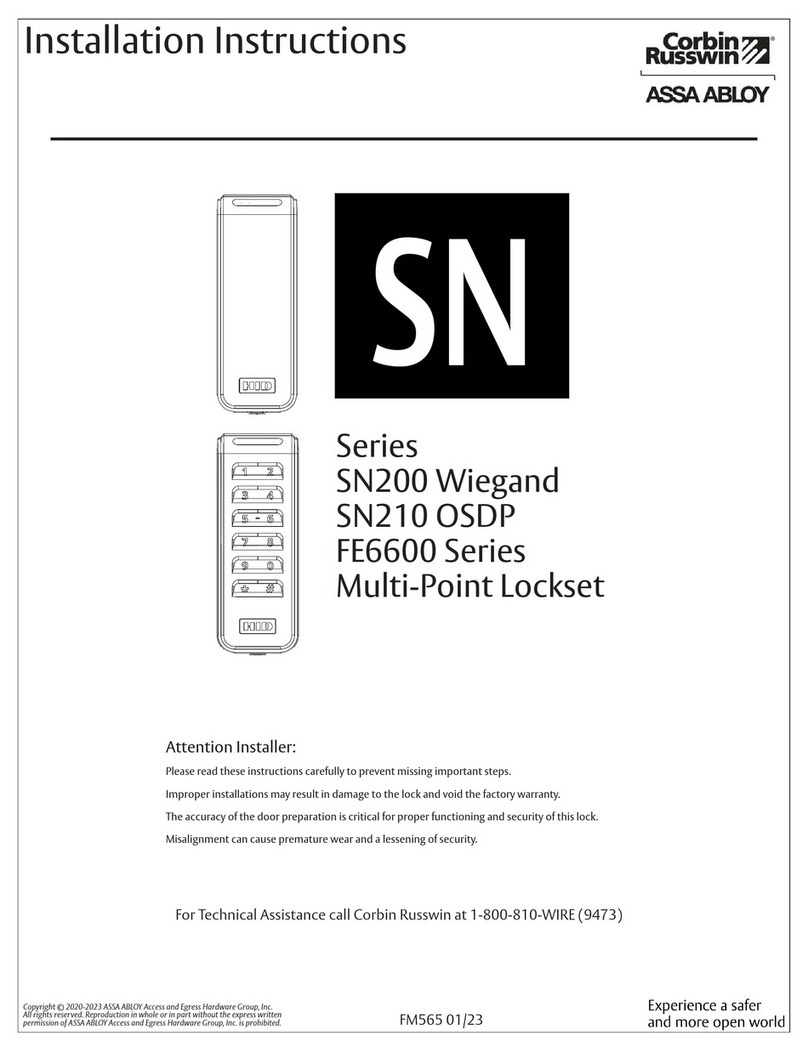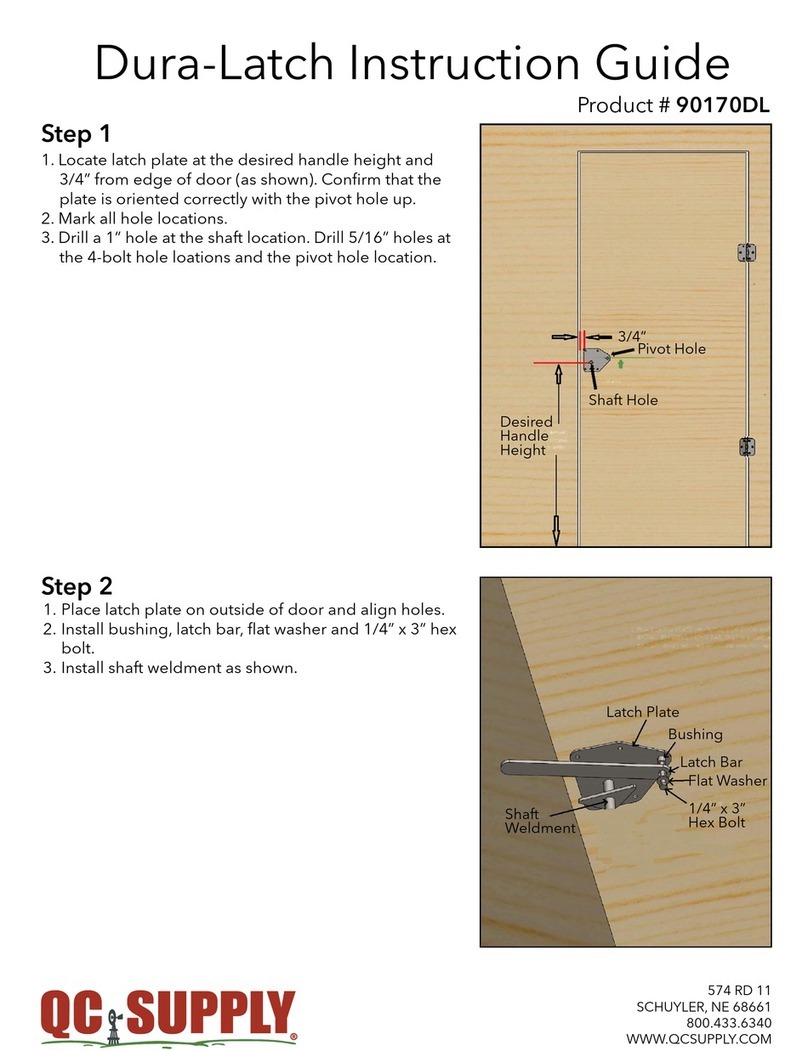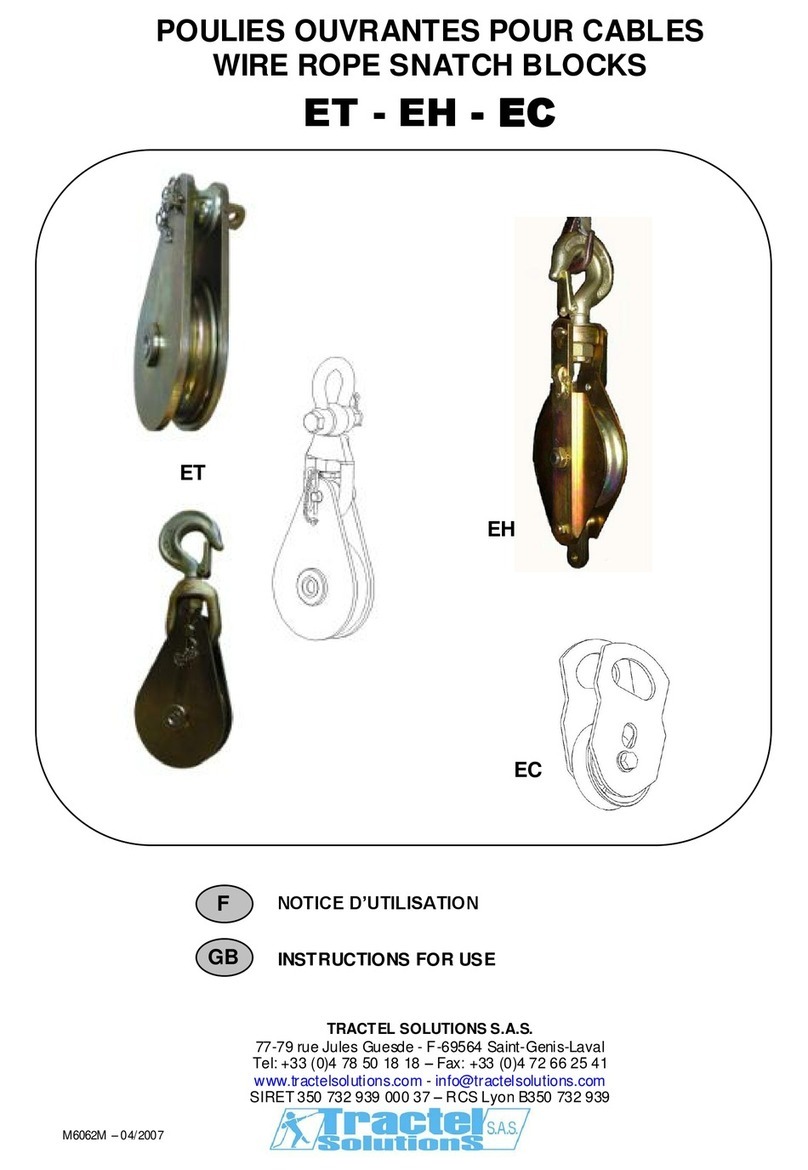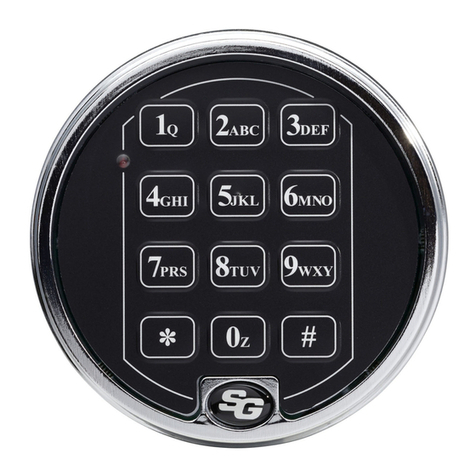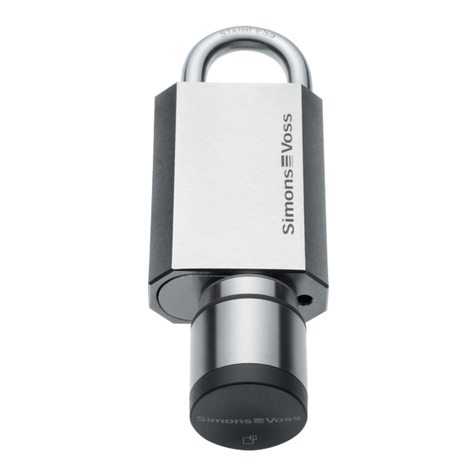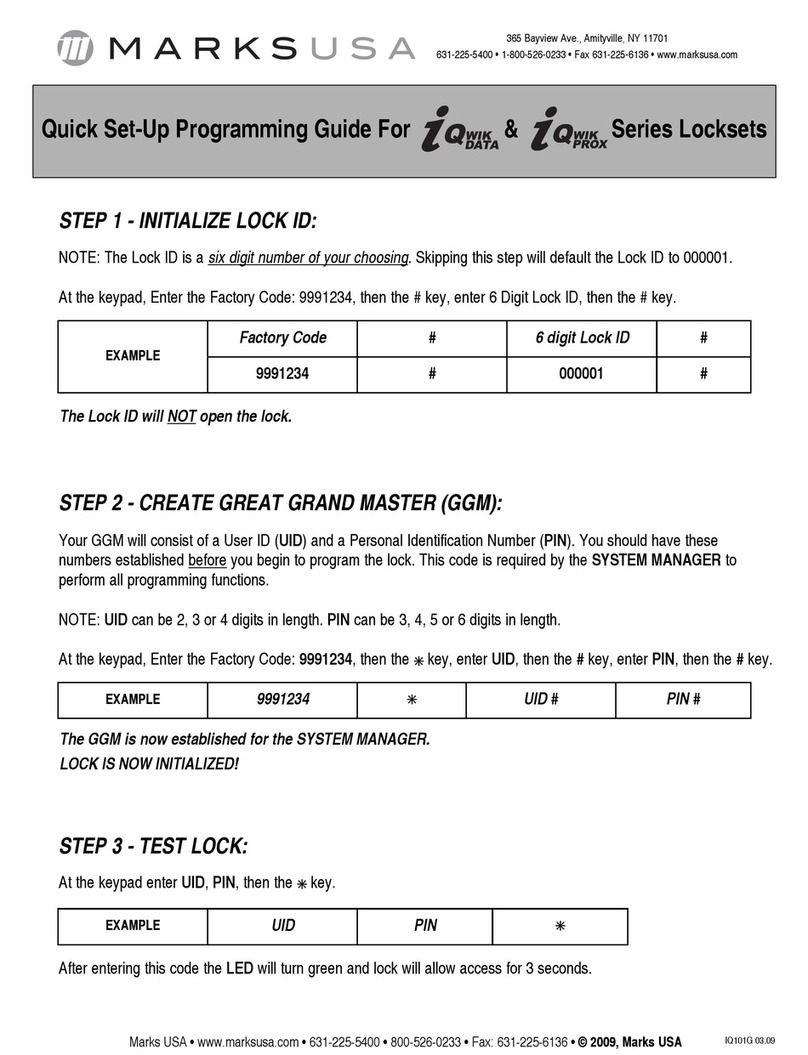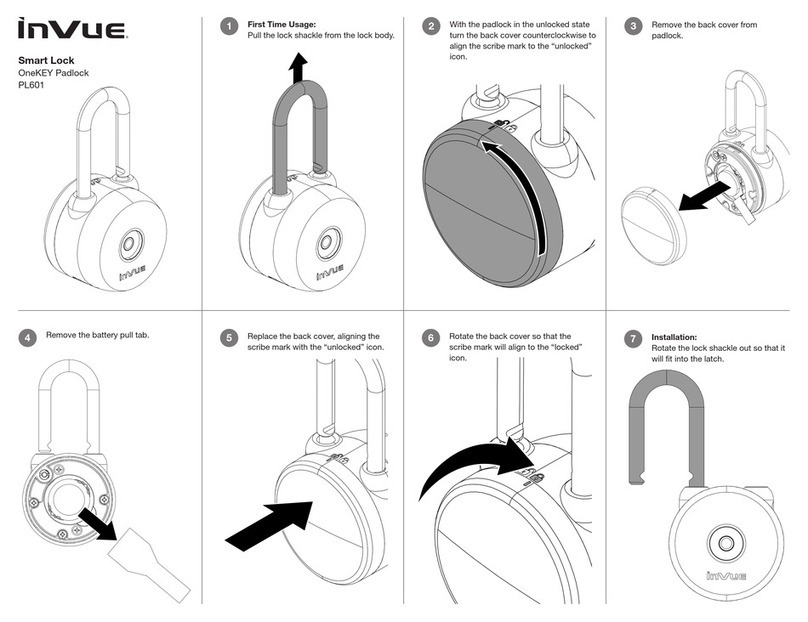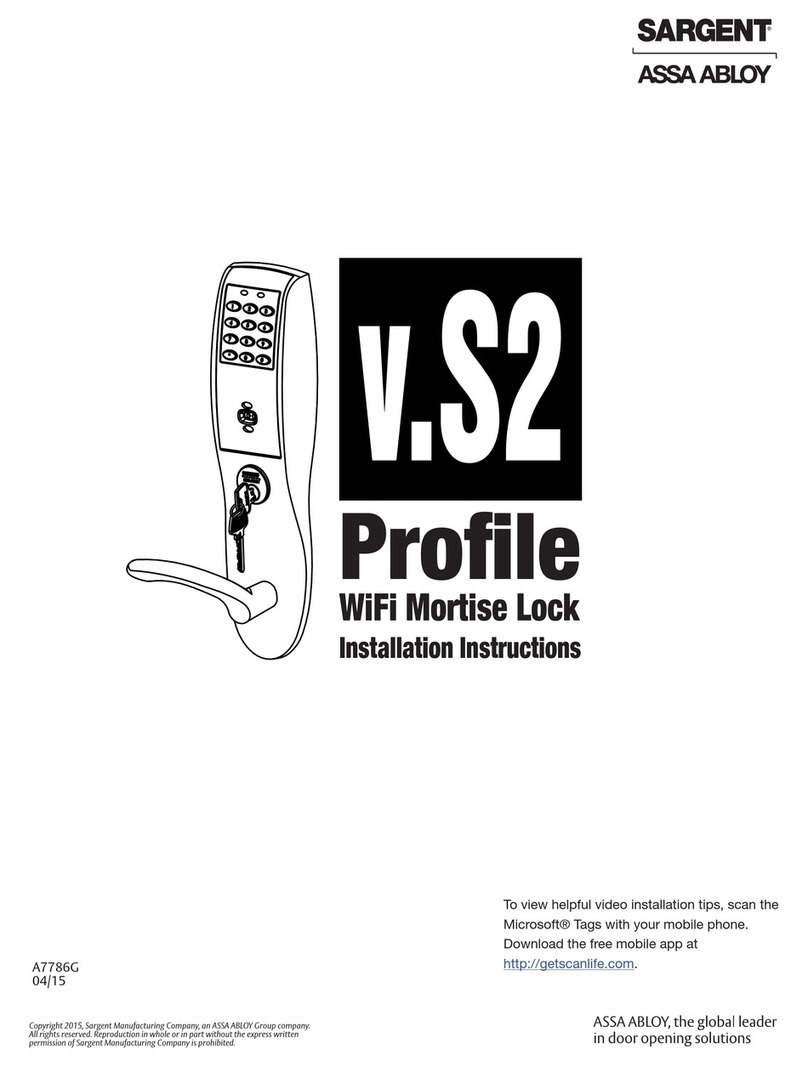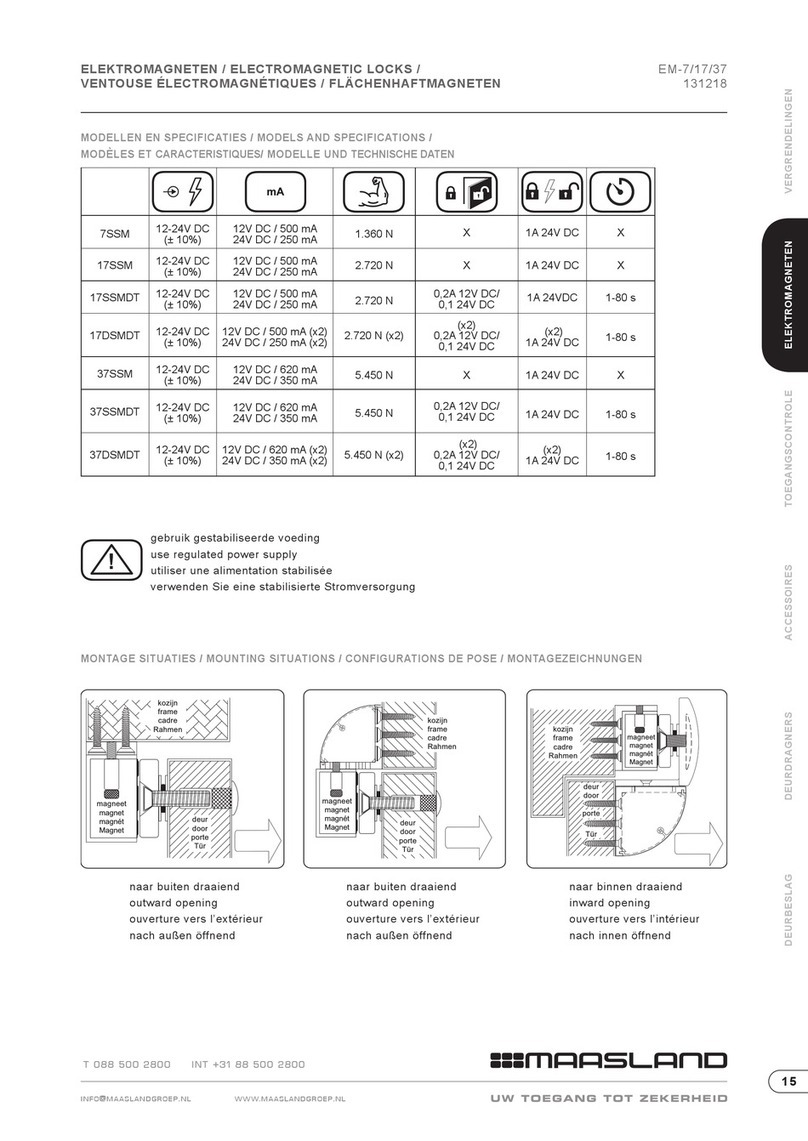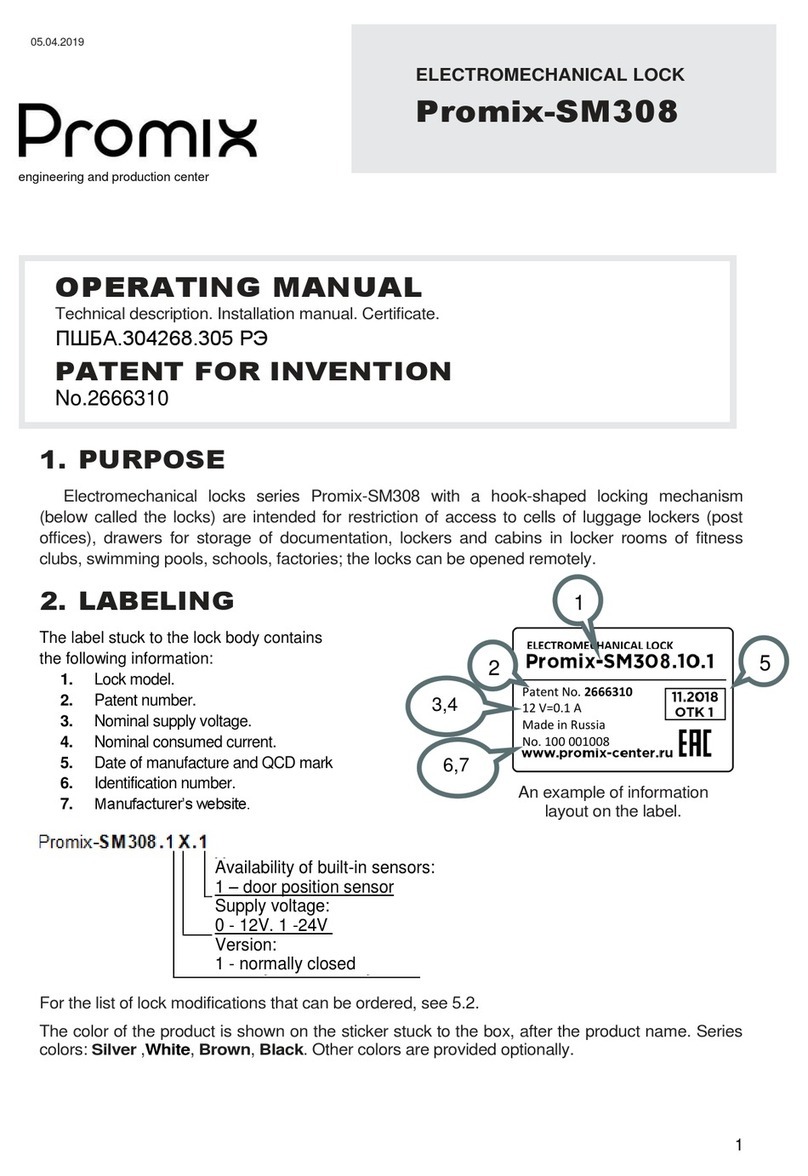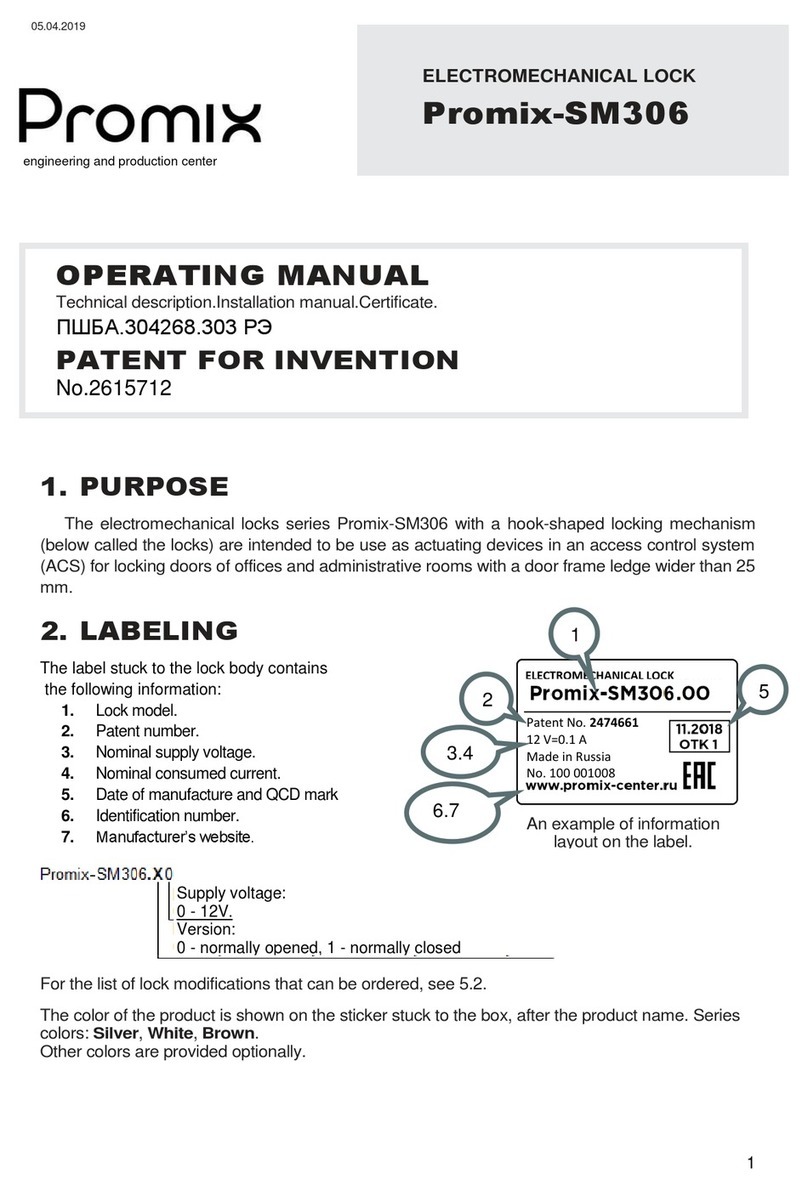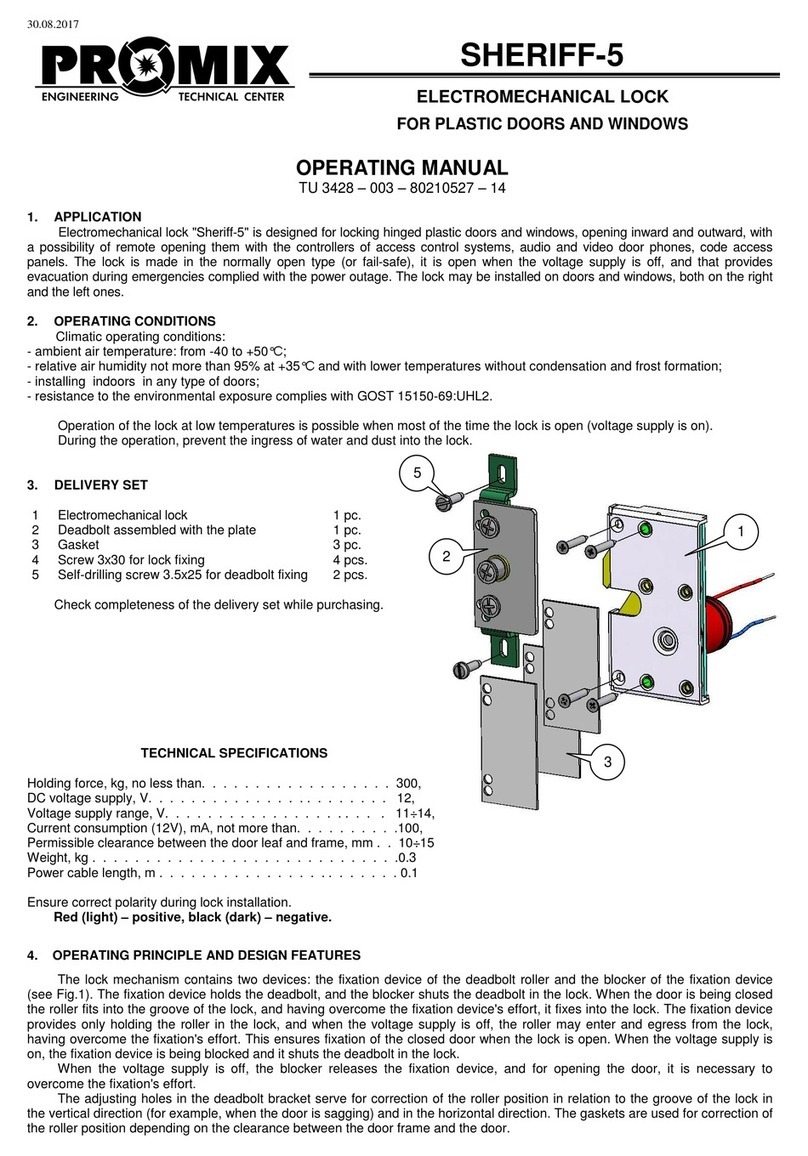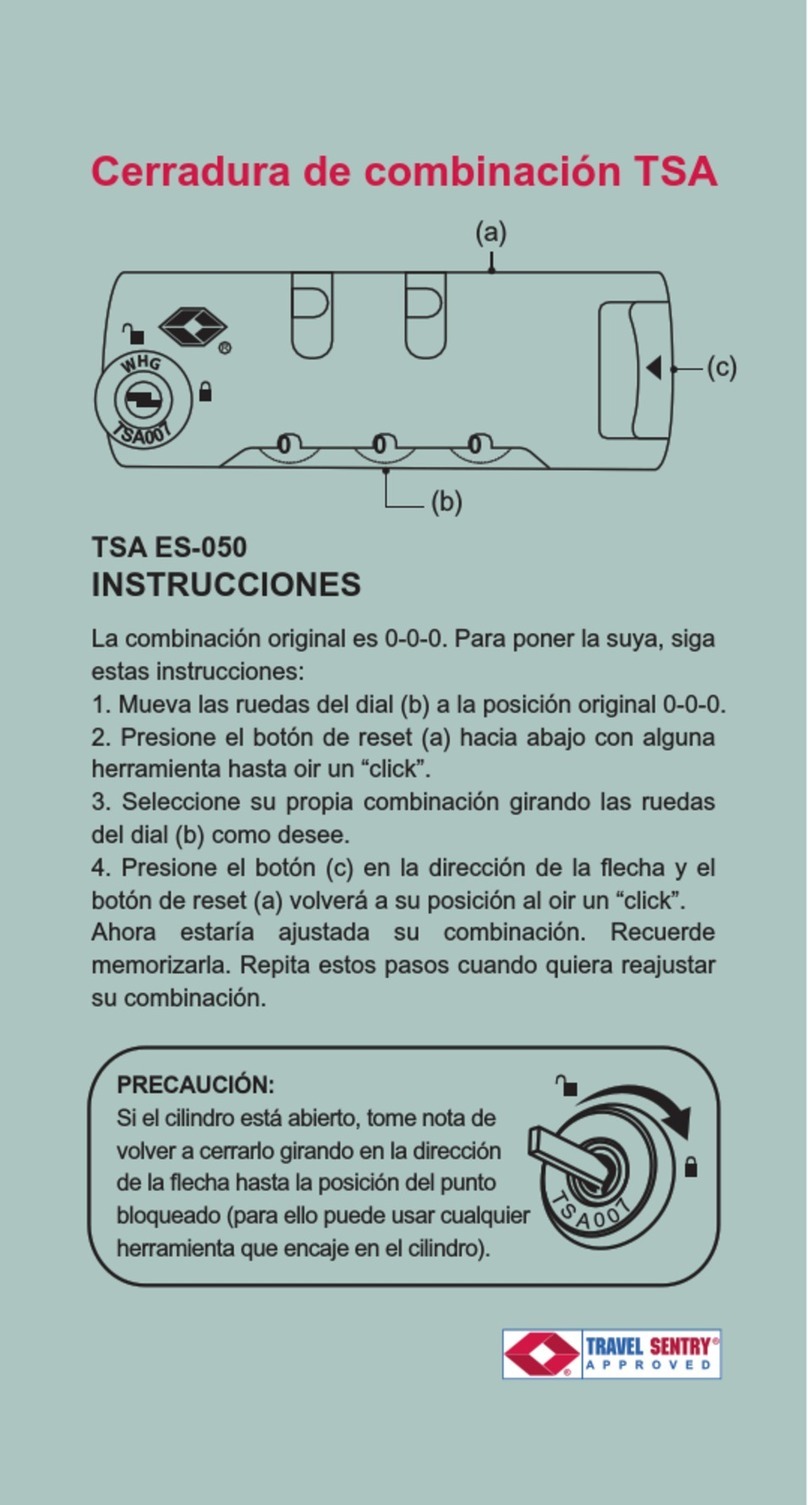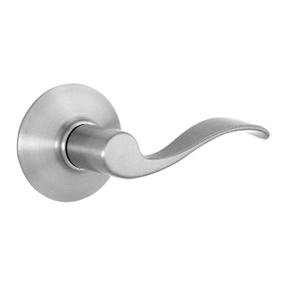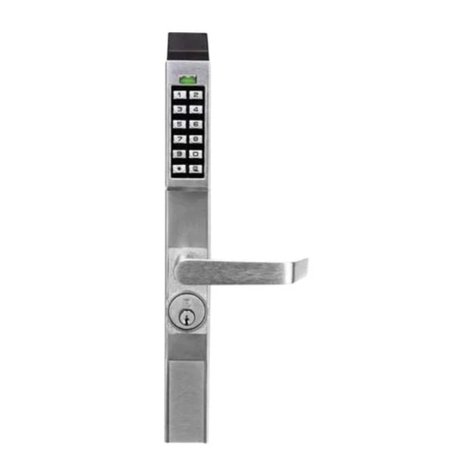
11
The lock does not need lubrication!
The warranted operation period is 12 months from the date of sale but not
longer than 18 months from the day of acceptance by the manufacturer’s QCD.
9.
MAINTENANCE
Maintenance of the lock is performed at least once every two monthsand includes:
Visual inspection of the lock to check reliability of fastening. If necessary, tighten fasteners
of the lock and the latch.
Check the latch bar length. If the latch bar abuts against the lock body and this leads to
gapping between the door and the door base, or if the latch is not fixed when the door is
closed, adjustthe latch bar length (see section 8).
10.
STORAGE AND TRANSPORTATION
Prior to putting into operation, the locks must be stored in the manufacturer’s packing, in
rooms with an ambient temperature of -30 to +50 °С and a relative humidity not higher than 98%
at 25º С in compliance with storage conditions as per GOST 15150-69.
Locks transportation conditions must comply with group C as per GOST 23216-78 in terms of
exposure to mechanical factors, and Ж2 as per GOST 15150-69 in terms of exposure to climatic
factors.
11.
SAFETY REQUIREMENTS
The design of the locksensures safetyof personnel involved in mounting and maintenance.
Due to low DC supply voltage, the products correspond to class III as per ГОСТ 12.2.007.0-
75 and are electrically safe.
Fire safety of the locks is ensured by use of non-combustible or hardly combustible materials,
and low supply voltage.
12.
DISPOSAL
The product is not hazardous for human life and health or for the environment; disposal after
its service life is performed without taking any special measures for environment protection.
13.
WARRANTY LIABILITIES
The manufacturer, ETC PROMIX LLC, warrants conformity of Promix-SM102 locks to
requirements of current Technical Specifications provided that transportation, storage, installation
and operation rules established in this Manual are followed.
Within the period of warranty, ETC PROMIX LLC undertakes to repair defective products free
of charge. Expenses for transporting the product to the place of repair and back will be borne by
the Buyer.
Warranty liabilities do not cover any defects and damages caused by:
Improper maintenance by the Buyer;
Use of the product under conditions that do not comply with the operation requirements;
Mechanical damages or disassembly of the products bythe Buyer;
Non-observance of the transportation and storage rules.












